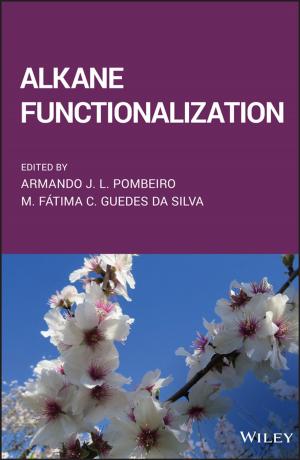Topographical Tools for Filtering and Segmentation 1
Watersheds on Node- or Edge-weighted Graphs
Nonfiction, Science & Nature, Technology, Engineering| Author: | Fernand Meyer | ISBN: | 9781119579540 |
| Publisher: | Wiley | Publication: | January 23, 2019 |
| Imprint: | Wiley-ISTE | Language: | English |
| Author: | Fernand Meyer |
| ISBN: | 9781119579540 |
| Publisher: | Wiley |
| Publication: | January 23, 2019 |
| Imprint: | Wiley-ISTE |
| Language: | English |
Mathematical morphology has developed a powerful methodology for segmenting images, based on connected filters and watersheds. We have chosen the abstract framework of node- or edge-weighted graphs for an extensive mathematical and algorithmic description of these tools.
Volume 1 is devoted to watersheds. The topography of a graph appears by observing the evolution of a drop of water moving from node to node on a weighted graph, along flowing paths, until it reaches regional minima. The upstream nodes of a regional minimum constitute its catchment zone.
The catchment zones may be constructed independently of each other and locally, in contrast with the traditional approach where the catchment basins have to be constructed all at the same time. Catchment zones may overlap, and thus, a new segmentation paradigm is proposed in which catchment zones cover each other according to a priority order. The resulting partition may then be corrected, by local and parallel treatments, in order to achieve the desired precision.
Mathematical morphology has developed a powerful methodology for segmenting images, based on connected filters and watersheds. We have chosen the abstract framework of node- or edge-weighted graphs for an extensive mathematical and algorithmic description of these tools.
Volume 1 is devoted to watersheds. The topography of a graph appears by observing the evolution of a drop of water moving from node to node on a weighted graph, along flowing paths, until it reaches regional minima. The upstream nodes of a regional minimum constitute its catchment zone.
The catchment zones may be constructed independently of each other and locally, in contrast with the traditional approach where the catchment basins have to be constructed all at the same time. Catchment zones may overlap, and thus, a new segmentation paradigm is proposed in which catchment zones cover each other according to a priority order. The resulting partition may then be corrected, by local and parallel treatments, in order to achieve the desired precision.















